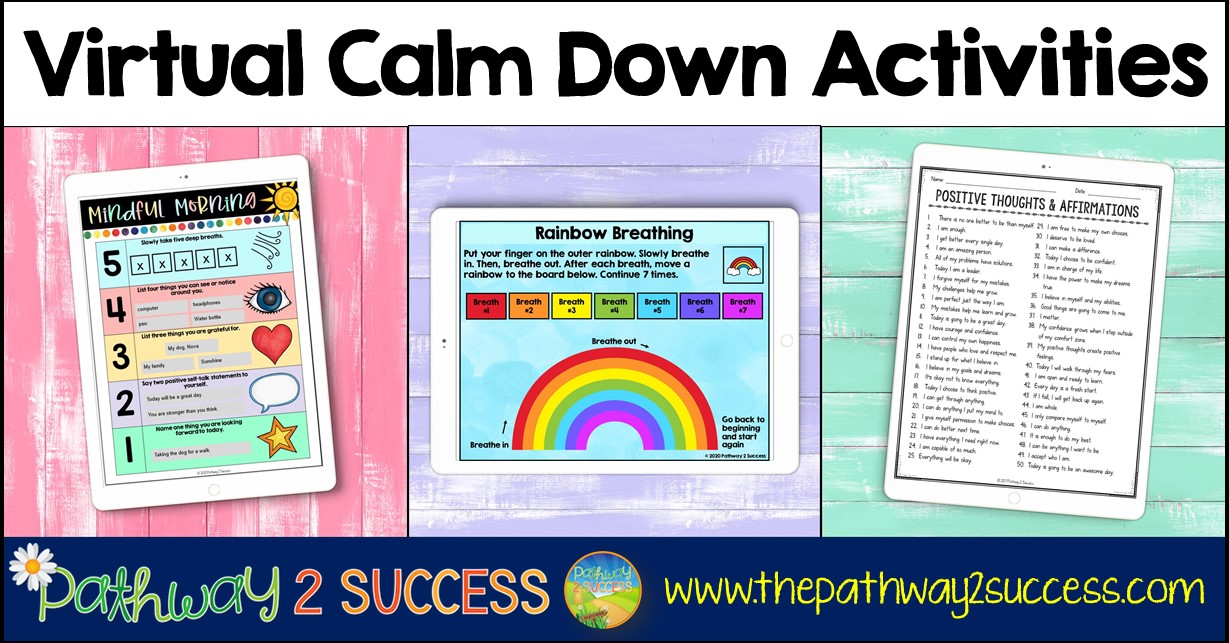In conclusion, mindfulness techniques offer a valuable tool for individuals grappling with the challenges of ADHD. By promoting awareness, focus, and emotional balance, mindfulness practices not only enhance daily functioning but also empower individuals to lead more fulfilling lives. As research continues to unveil the benefits of mindfulness, it is clear that these techniques can serve as a beacon of hope for those navigating the complexities of ADHD.
Once diagnosed, a variety of treatment options are available to help manage ADHD symptoms. Behavioral therapies, psychoeducation, and lifestyle modifications are often recommended as first-line interventions. These approaches aim to enhance organizational skills, improve social interactions, and promote self-regulation. Additionally, medication can be an effective component of treatment for many individuals with ADHD. Stimulants, such as methylphenidate and amphetamines, are commonly prescribed and have been shown to improve focus and reduce impulsivity. Non-stimulant medications are also available for those who may not respond well to stimulants or prefer an alternative.

The exact cause of ADHD remains unclear, but research suggests that a
combination of genetic, environmental, and neurological factors may contribute to its development. Studies indicate that ADHD tends to run in families, highlighting a genetic component. Furthermore, exposure to certain environmental factors during pregnancy, such as tobacco smoke and alcohol, has been linked to an increased risk of developing ADHD in children.
In recent years, the prevalence of Attention Deficit Hyperactivity Disorder (ADHD) has gained significant attention, affecting approximately 5% of the global population, with many individuals, both children and adults, seeking effective strategies to manage their symptoms. While traditional treatments such as medication and behavioral therapy remain common, mindfulness techniques are emerging as a promising alternative. These practices not only help improve focus and reduce impulsivity but also foster a sense of calm and emotional regulation.
ADHD is often diagnosed in childhood, with symptoms typically appearing before the age of 12. However, it is important to note that ADHD can persist into adulthood, affecting many individuals long after their school years. Symptoms of
ADHD meditation benefits can be categorized into two main types: inattention and hyperactivity-impulsivity. Inattentive symptoms may include difficulty organizing tasks, forgetfulness, and a tendency to lose things, while hyperactive-impulsive symptoms may manifest as fidgeting, interrupting others, and difficulty remaining seated.
As more individuals turn to mindfulness as a complementary approach to managing ADHD, mental health professionals are increasingly incorporating these techniques into their treatment plans. Schools are also beginning to recognize the value of mindfulness in the classroom, with programs designed to teach students, including those with ADHD, how to harness these practices for improved concentration and emotional regulation.
For students, creating a distraction-free study environment is essential. Designating a specific area for homework or studying, free from noise and interruptions, can significantly improve focus. Additionally, using tools like noise-canceling headphones or background music can help create an atmosphere conducive to concentration. Short, timed study sessions—often referred to as the Pomodoro Technique—can also be effective. This method involves studying for a set period, followed by a short break, which can help maintain engagement while preventing burnout.
Another beneficial technique is body scanning, which involves mentally scanning one’s body for areas of tension or discomfort. This practice encourages individuals to connect with their physical sensations and can promote relaxation. To perform a body scan, individuals can lie down or sit comfortably, close their eyes, and systematically bring attention to different parts of their body, noticing any sensations without judgment. This technique not only fosters mindfulness but also helps individuals become more aware of their physical state, which can be particularly useful when managing ADHD symptoms.
Digital tools are increasingly aiding ADHD management. Time management and organization apps are popular among ADHD individuals. These resources can be particularly beneficial for those who struggle with traditional methods of planning and task management, offering innovative ways to stay on track.
Social support plays a vital role in managing ADHD. Sharing experiences and coping strategies with friends, family, or support groups can provide emotional comfort and practical advice. Connecting with others who understand the challenges of ADHD can foster a sense of community and reduce feelings of isolation. For those seeking professional guidance, therapy or counseling can offer tailored strategies and coping mechanisms.